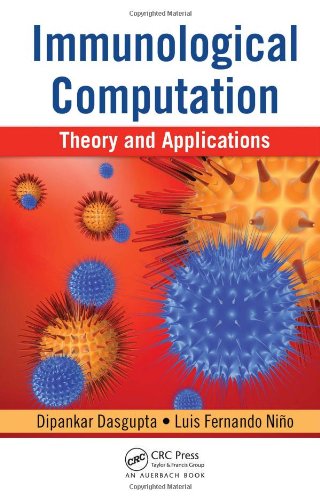

Most ebook files are in PDF format, so you can easily read them using various software such as Foxit Reader or directly on the Google Chrome browser.
Some ebook files are released by publishers in other formats such as .awz, .mobi, .epub, .fb2, etc. You may need to install specific software to read these formats on mobile/PC, such as Calibre.
Please read the tutorial at this link: https://ebookbell.com/faq
We offer FREE conversion to the popular formats you request; however, this may take some time. Therefore, right after payment, please email us, and we will try to provide the service as quickly as possible.
For some exceptional file formats or broken links (if any), please refrain from opening any disputes. Instead, email us first, and we will try to assist within a maximum of 6 hours.
EbookBell Team

4.8
34 reviewsClearly, nature has been very effective in creating organisms that are capable of protecting themselves against a wide variety of pathogens such as bacteria, fungi, and parasites. The powerful information-processing capabilities of the immune system, such as feature extraction, pattern recognition, learning, memory, and its distributive nature provide rich metaphors that researchers are finding very useful for the development of computational models. While some of these models are designed to give us a better understanding of the immune system, other models are being developed to solve complex real-world problems such as anomaly detection, pattern recognition, data analysis (clustering), function optimization, and computer security.
Immunological Computation: Theory and Applications is devoted to discussing different immunological mechanisms and their relation to information processing and problem solving. This unique volume presents a compendium of up-to-date work related to immunity-based techniques. After presenting the general abstractions of immune elements and processes used in computational models, it then—
The text goes further to describe a wide variety of applications, which include computer security, the detection and analysis of anomalies and faults, robotics, and data mining among others. To enhance understanding of this emerging field of study, each chapter includes a summary, review questions, and exercises for readers to practice; as well as issues that will require future research.